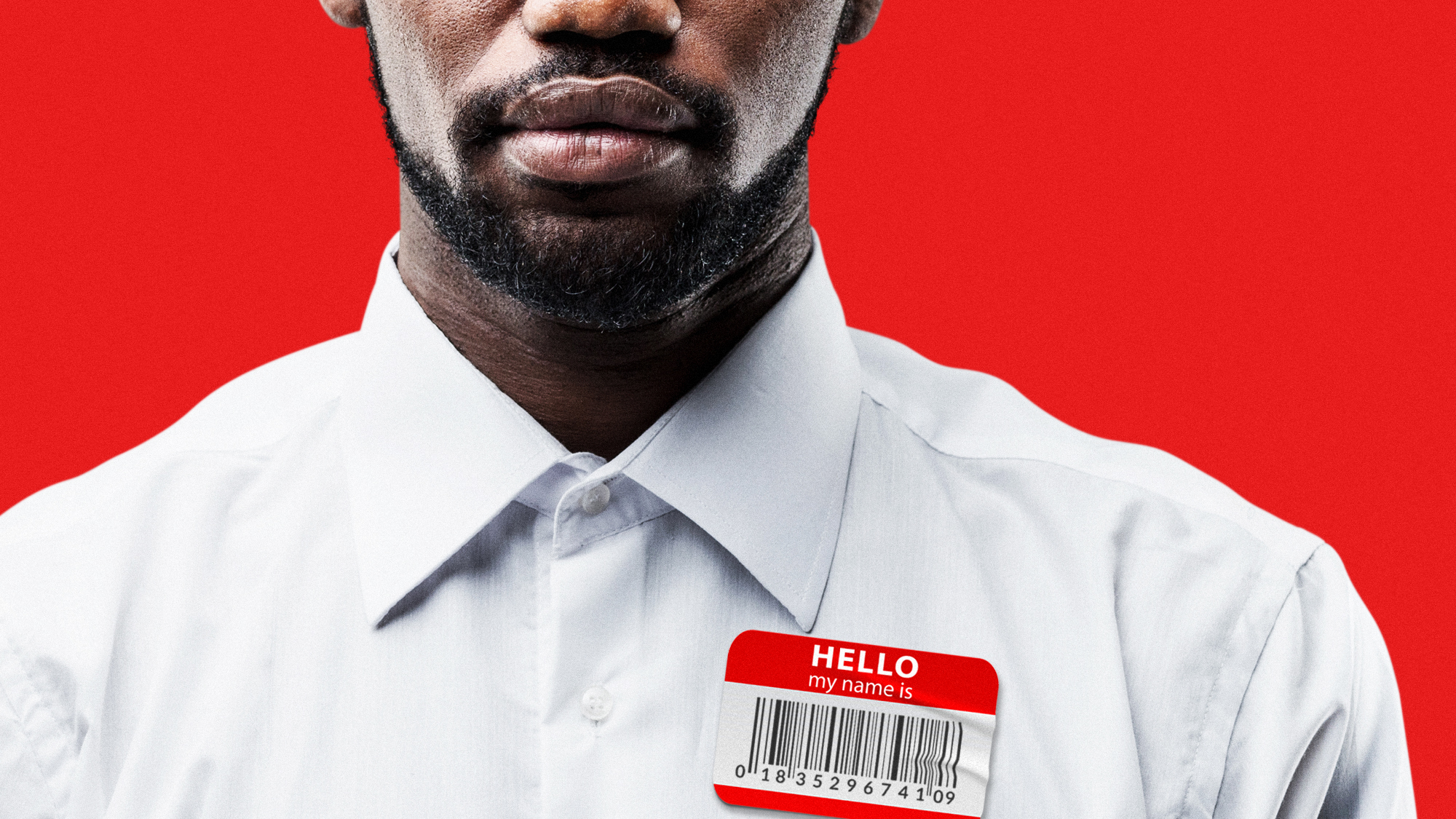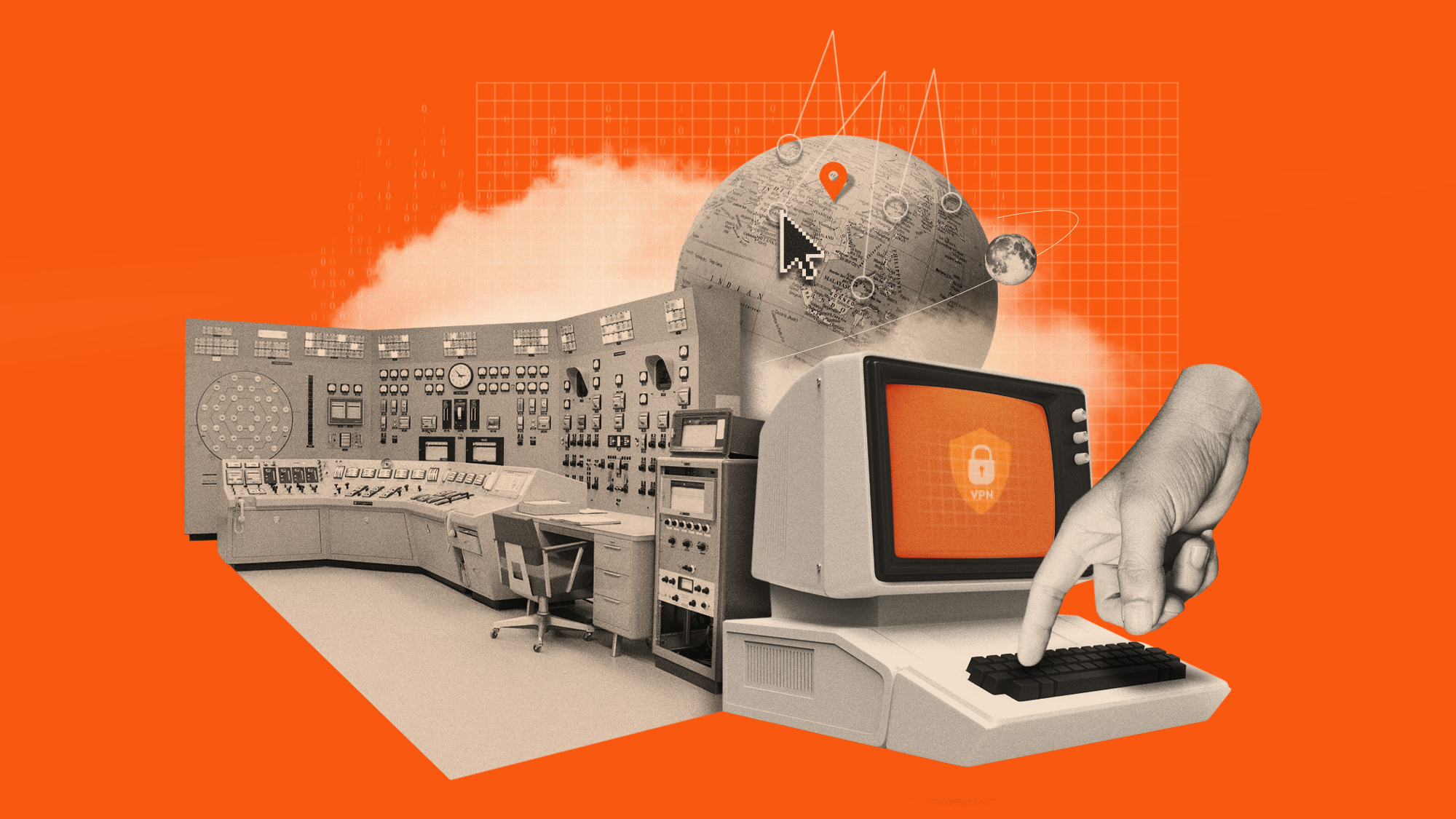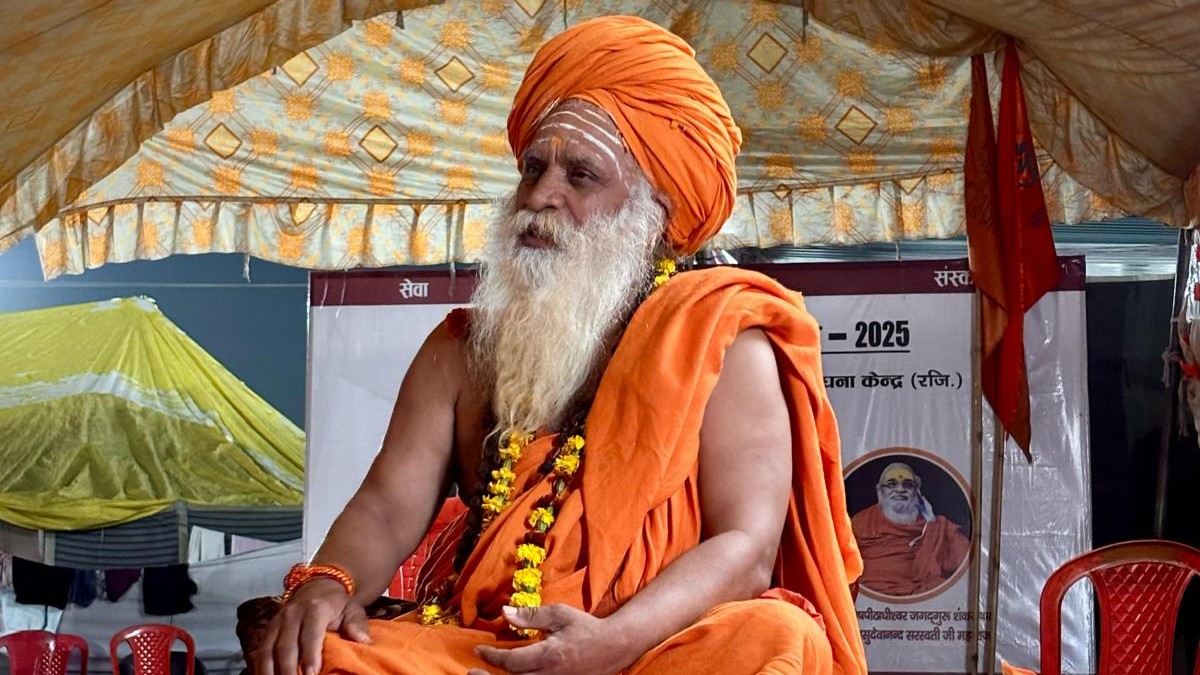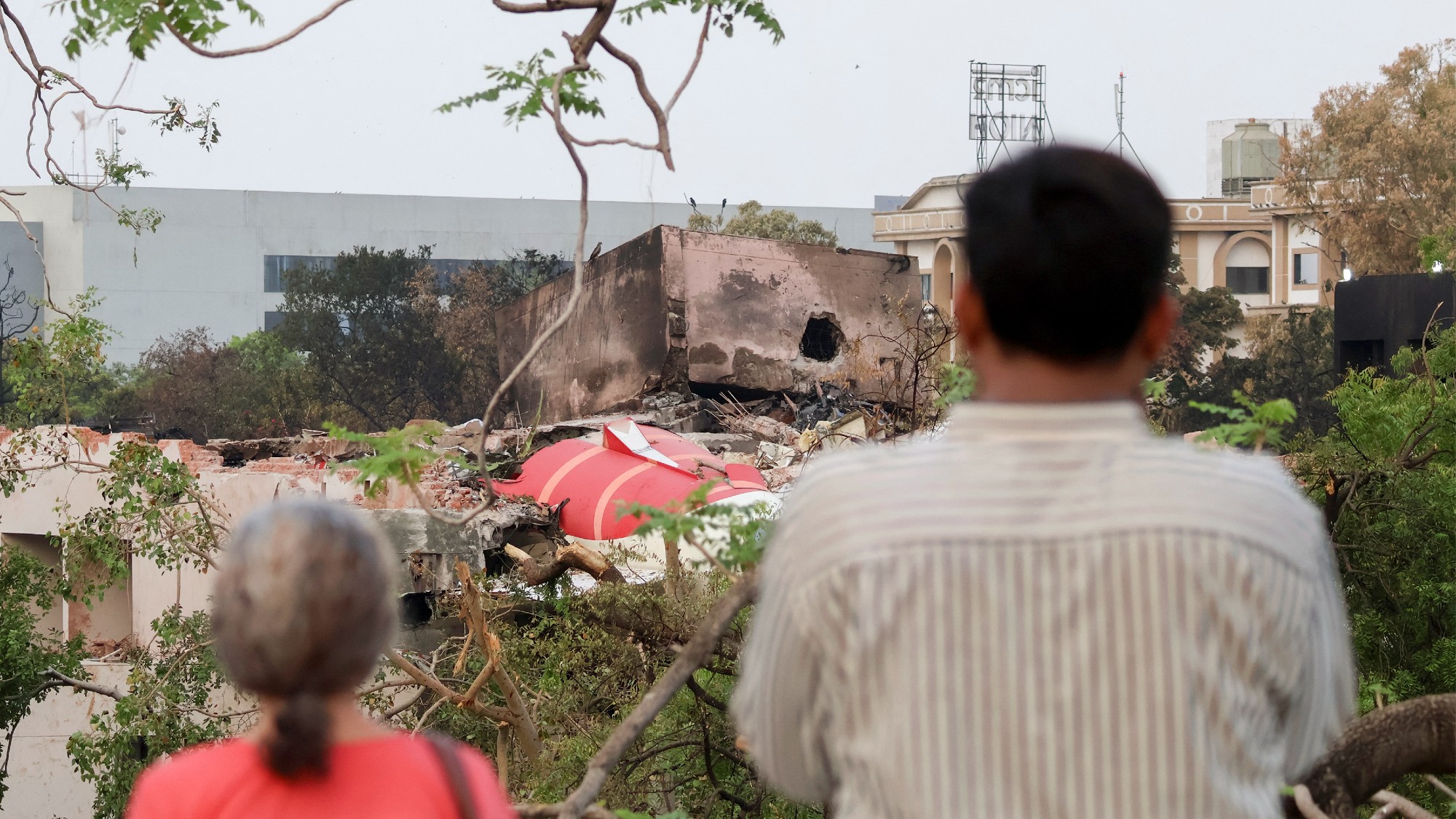How digital ID cards work around the world
Many countries use electronic ID to streamline access to services despite concern by civil rights groups they ‘shift the balance of power towards the state’

Keir Starmer’s announcement that the UK will introduce mandatory digital ID for all citizens has sparked furious debate about their use, effectiveness and threat to privacy.
In making its case, the government has promised to take the “best aspects of the digital identification systems that are already up and running around the world”. The plans would require each person to have an electronic ID, stored in a digital encrypted “wallet” on their smartphone. This would prove people’s right to live and work in the UK, which the PM says will help crack down on illegal migrants and benefit fraud.
Where are digital IDs used?
There are plans to roll out a Digital Identity (eID) Wallet to all EU citizens by the end of 2026, but many European countries already use a national electronic ID system. Last month, Switzerland became the latest to approve such a system, with voters narrowly backing plans for optional and free-of-charge electronic identity cards.
The Week
Escape your echo chamber. Get the facts behind the news, plus analysis from multiple perspectives.

Sign up for The Week's Free Newsletters
From our morning news briefing to a weekly Good News Newsletter, get the best of The Week delivered directly to your inbox.
From our morning news briefing to a weekly Good News Newsletter, get the best of The Week delivered directly to your inbox.
Outside of Europe, Australia, Canada, Japan and South Korea all offer citizens a way voluntarily to verify their identity online and access some services digitally.
The UK government has also studied India’s Aadhaar system, which provides all citizens with a unique 12-digit number that has “saved around $10 billion annually by reducing fraud and leakages in welfare schemes”, said Gov.uk. Prime Minister Narendra Modi claims the system, which includes facial scans and fingerprints, is India’s ticket to the future.
China first introduced national ID cards in 1984. A new “internet ID” that lets the state, rather than private firms, verify the identity of website and app users “augments China’s radically different approach to managing and surveilling the digital lives of its citizens”, said The Economist.
What can they be used for?
The e-Estonia platform, which contains legal photo ID and provides access to all of Estonia’s government services, is “by far the most highly developed national ID-card system in the world”, said Sky News.
A free daily email with the biggest news stories of the day – and the best features from TheWeek.com
In Denmark, “life online is almost impossible without MitID”, said The Guardian. Introduced in 2023 as a public-private partnership between banks, insurers and the digitisation ministry, the app is needed to pay taxes, book a health appointment or apply for college.
Poland’s mObywatel has 10 million active users and allows people to check points on their driving licence, look up local air quality or change their polling station. Ukraine’s DIIA app is used by the majority of citizens to access more than 70 online services, as well as to track drone attacks.
Have they caused problems?
Cyberattackers have targeted e-Estonia on multiple occasions over the past two decades. In 2021, a hacker obtained around 300,000 document photos “through a security vulnerability in the state portal”, the country’s government said.
Other arguments against digital ID centre on privacy. Civil rights campaigners worry that the huge amounts of information “could be amalgamated, searched and analysed to monitor, track and profile people” and “shift the balance of power towards the state”, said The Guardian's UK technology editor Robert Booth.
In India, mass collection of data from 1.3 billion citizens has left civil libertarians “horrified”, said The New York Times. Enrolment in Aadhaar is now “mandatory for hundreds of public services and many private ones, from taking school exams to opening bank accounts”.
“You almost feel like life is going to stop without an Aadhaar,” one woman told the newspaper.
-
 Trump’s poll collapse: can he stop the slide?
Trump’s poll collapse: can he stop the slide?Talking Point President who promised to ease cost-of-living has found that US economic woes can’t be solved ‘via executive fiat’
-
 Codeword: December 7, 2025
Codeword: December 7, 2025The daily codeword puzzle from The Week
-
 Crossword: December 7, 2025
Crossword: December 7, 2025The daily crossword from The Week
-
 China’s burgeoning coffee culture
China’s burgeoning coffee cultureUnder The Radar Local chains are thriving as young middle-class consumers turn away from tea
-
 One great cookbook: Niloufer Ichaporia King’s ‘My Bombay Kitchen’
One great cookbook: Niloufer Ichaporia King’s ‘My Bombay Kitchen’The Week Recommends A personal, scholarly wander through a singular cuisine
-
 One great cookbook: ‘The Woks of Life’
One great cookbook: ‘The Woks of Life’The Week Recommends A family’s opinionated, reliable take on all kinds of Chinese cooking
-
 A guide to the Great Wall of China
A guide to the Great Wall of ChinaThe Week Recommends Experience this architectural feat
-
 Denmark's 'pornographic' mermaid statue is in hot water
Denmark's 'pornographic' mermaid statue is in hot waterUnder the Radar Town will reportedly remove voluptuous Big Mermaid, despite statue being 'arguably a bit less naked' than Copenhagen monument the Little Mermaid
-
 What are VPNs and how do they work?
What are VPNs and how do they work?The Explainer UK sees surge in use of virtual private networks after age verification comes into effect for online adult content
-
 Uttar Pradesh: from a once-in-a-generation festival to tiger tracking in an ancient forest
Uttar Pradesh: from a once-in-a-generation festival to tiger tracking in an ancient forestThe Week Recommends Soak up the state's rich culture on one of Explorations Company's specially curated tours
-
 What happened to Air India Flight 171?
What happened to Air India Flight 171?Today's Big Question Preliminary report reveals 'fundamental reason' why jet crashed, but questions remain about whether it was 'deliberate, accidental or if a technical fault was responsible'